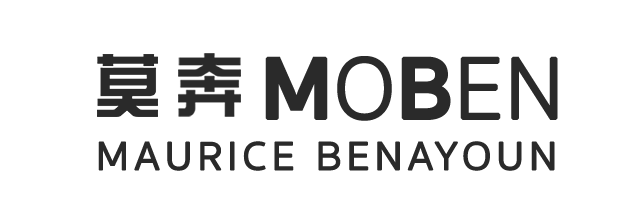Can the artist use his tools to dysplay the game, disrupt the Spectacle
Overscale Art in Public Space: from Play to Dysplay
ISEA2016 Hong Kong, panel moderated by Derwin Scott Hessels
Street art has reminded us again of the power of media when artists practice outside of the white box. For centuries the frame separated the art from the “real” world, a boundary which was questioned by the introduction of screen technologies. More recently the screen has expanded, invading the walls, the façades and now the very skin of the building itself. Light and image are covering entire buildings in a way that, beyond any previous definition of screen, the urban architectural complex has become a medium.
After the painting frame, the veduta, then the painted wall, and now the urban screen have each had their turn as places for the exaltation of the symbolic dimension of architecture. In each case, media scale was seen as a way to draw the public’s attention. At one time the skyscraper itself was enough of a statement, now it has been overwhelmed by the greed of the market keen on capturing consumer attention. Simultaneously, architects are understanding that adhering LED screens on buildings was merely a temporary phase in the evolution of the complex relation between architecture and image.
The first use of these massive urban displays was expectedly commercial. The public space became a gigantic stadium where commodities compete to catch the citizens’ attention: fancy watches v.s. expensive sedans, sexy models v.s. sparkling jewelry. Converting the world into an ever-expanding shopping mall, the market has extended display beyond Guy Debord’s anticipation of the society of the spectacle forcing us to now ask, “What could be or should be the position of the artist in the urban landscape?”
Artistic display from play to “dysplay”
We are seeing more examples of how the artist’s expected contribution to urban media is to convert the public space into an entertaining place. The artist’s expertise in terms of public interaction is considered a great asset in playing this role and adding to the market-driven game. As part of this panel presentation, we will investigate the possibilities of the artist subverting the role of entertainer. Can the artist use his tools to dysplay the game, disrupt the Spectacle, produce the unexpected and therefore make it more significant?
Media artists are among the first to explore the potential of expression presented by the building becoming a light-emitting object. Artistic practices started to invade, and perhaps even to pervade the urban space by converting the whole city into a media, an “urban media”. However, the question of the artist’s legitimacy of taking over the public space, fighting for public attention is not a simple one. In a museum or gallery, the visitor makes the decision to face new objects of artistic expression. In the public space, however, passers-by don’t ask for art, they are just retinal targets. What allows the artist to fight for unsolicited visibility? Large scale architectural display creates a discussion where both aesthetics and ethics must be considered.
Through curatorial and artistic projects like Watch Out! (Seoul, Athens, 2002-2004), Emotion Forecast (Paris, New York 2011-2012), E-Scape Today (Seoul, 2012), Open Sky Project on the ICC Tower (Hong Kong, 2012 – now), the panel presentation will explore the limits and the potential of large scale urban media art practice.



